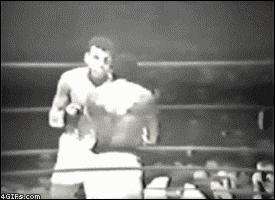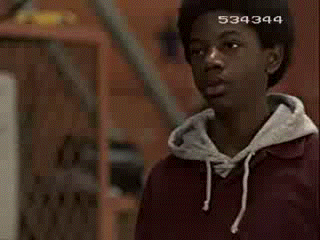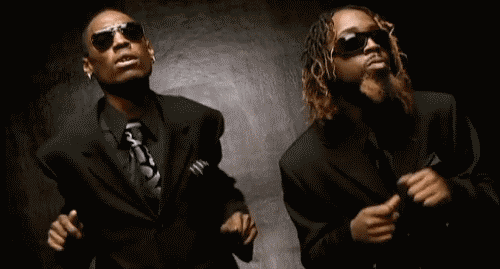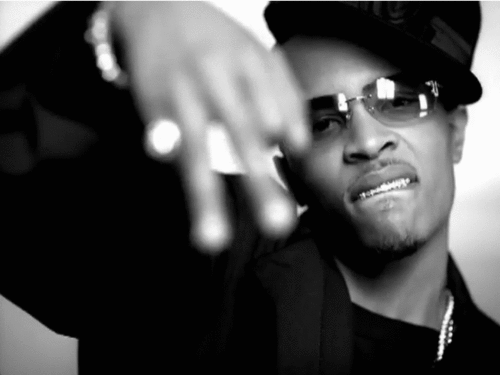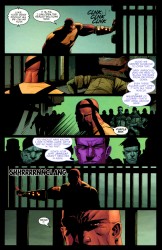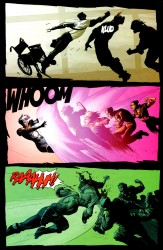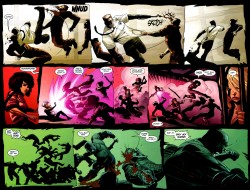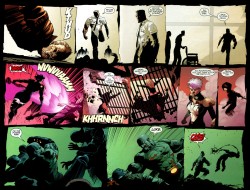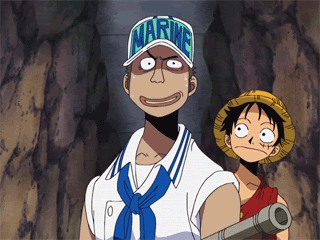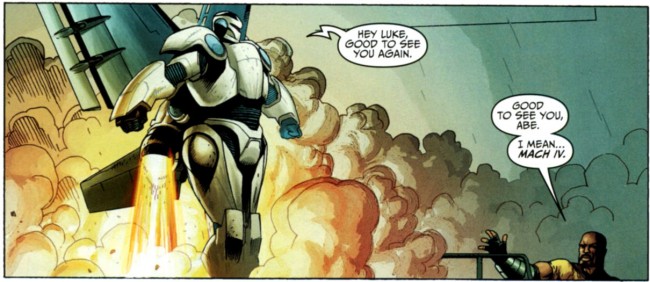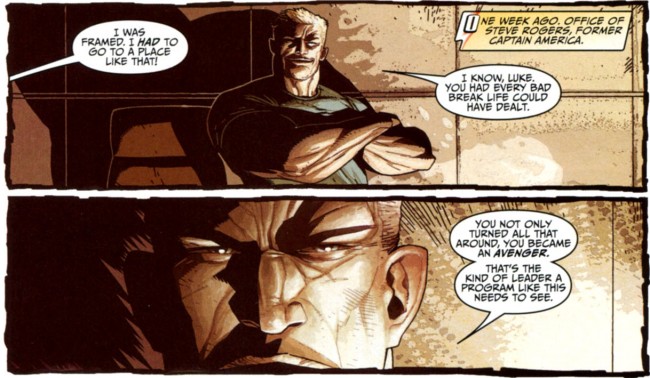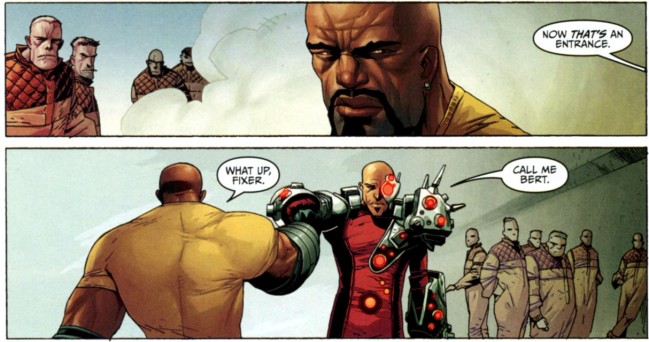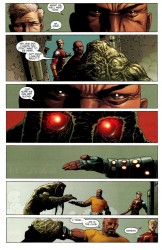
Best of 2010: Two Straight-up Good Comics
January 6th, 2011 Posted by david brothers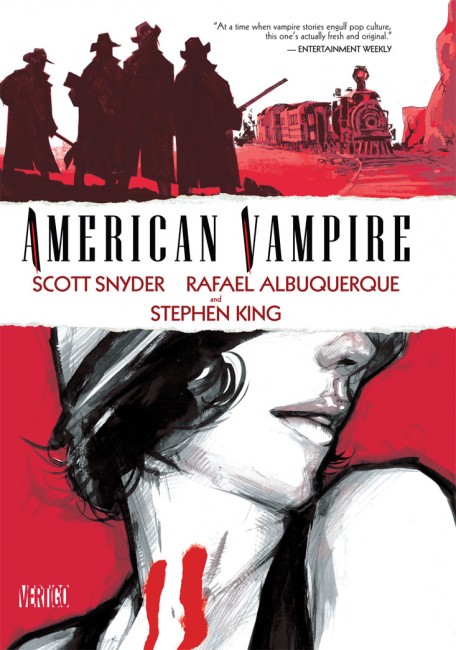
preview
With the sole exception of the first two Blade movies, vampires don’t really do it for me. I get the myth and the metaphor–blah blah sex blah blah corruption blah blah mores–but it just doesn’t click for me. It wasn’t scary, and really, it wasn’t even interesting. Thin, pale men and women sucking the life out of others because… why? Who cares? It took Wesley Snipes and Stephen Dorff to make me care, and imagine my disappointment when I went back to those Gene Colan books and found out Deacon Frost was some wack regular vampire.
Turns out that Scott Snyder and Rafael Albuquerque have the magic touch, because American Vampire is great. The central conceit of the series, that American vampires aren’t like European vampires, means that all of the stuff I hate about vampires, like the aristocratic demeanor and boringness, are left in the past. American vampires are newer, leaner, meaner, and more monstrous.
Skinner Sweet, one of the vampires the series focuses on, is proof positive. He’s a sadistic goofball, used to making money the easy way (meaning taking it from other people), and using violence to get his way. He’s casual, but there’s always that glint of menace lurking somewhere behind his eyes. Him and the European vampires don’t get along at all, and with good reason. He’s their antithesis. He’s gutter trash.
Snyder’s writing on the series is good, and Albuquerque’s art is great. He was talented before this series came out, but, in part due to colors by Dave McCaig, he’s a monster now. The facial expressions, layouts, action scenes, covers, and fashion are all on point. Albuquerque’s never looked this good, and I feel like he’s doing the kind of art now that you’ll want to sit down and examine later. What’s more is that he’s working in two different styles, and each suited to the time period he’s using them for.
McCaig’s colors are a huge help, and perfectly complement the mood of each scene. He even colors people differently–when’s the last time you saw white people in a comic with different skin tones?
American Vampire, from top to bottom, is well done. I was pleasantly surprised to see that Snyder was a writer worth paying attention to, and while I expected to like Albuquerque and McCaig’s artwork going into the series, I was stunned at the leap forward they took together.
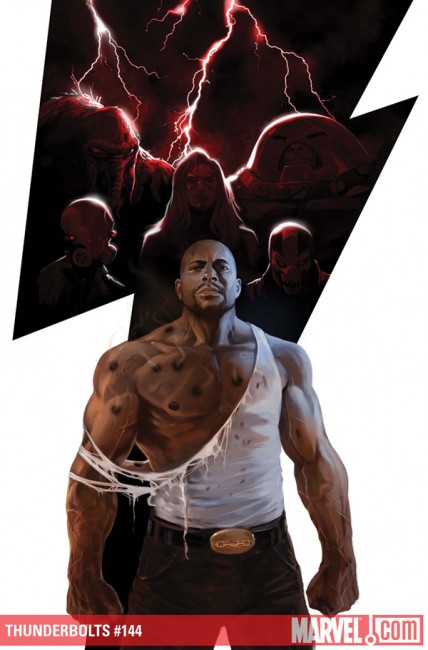
preview
Let’s be honest here: Jeff Parker is hands down the best writer in Marvel’s stable. He’s been working the side books for so long, the Atlases and Exiles of the line, but Marvel threw him to the front and center of their universe in 2010. That’s a move that paid off big. He turned Hulk from the best art showcase since Solo into a comic with a really compelling story.
Thunderbolts is one of those series, and concepts, that I’m super fond of, so it wins the year over Hulk. It’s one of the few 100+ issue series that I’ve read back to front because I was so into the idea. I feel like it went completely off the rails once Nicieza left that last time and Ellis came on. It became too mean, too much about villains being villains rather than villains working toward redemption.
Parker and Walker righted the ship, though, and they did it with ease. They stacked the crew with some classic choices (Songbird, Beetle, and Moonstone) and some brand new faces (Juggernaut, Crossbones, and Ghost) and created a situation where Thunderbolts actually feels like a new comic again, with just enough of a taste of the classic run to keep old heads like me interested.
First off: Walker’s art is great. It runs counter to what I think of regular Marvel comics as looking like. He’d do a killer job on, say, Punisher MAX or something at Vertigo, but on a mainstream Marvel book? He’s a weird choice, but the perfect one at the same time. The way he approaches action scenes and character work gives Thunderbolts a feel unique amongst the sea of mainstream comics. It’s a lot more interesting than what you might expect to see on a book starring villains. It’s not shiny, but it’s not all faux edgy, either.
What makes it work, at least in part, are the team dynamics. Crossbones is just a douchebag, Ghost is a paranoid conspiracy nut but not 100% a bad guy, Moonstone is what Emma Frost wants to be when she grows up, Beetle is trying to do the right thing, Songbird is trying to prove her worth, and Juggernaut is just hanging out until he gets a chance to leave. The way they bounce off each other, sometimes as allies, other times as enemies, and always in interesting ways. It’s not just a situation where everyone hates everyone else, or a subset schemes against others. Allegiances shift and slip as the series goes on. Thunderbolts is just a good comic to read, executed well and perfectly pitched. You can see the thought that went into it, and that’s something I’m pretty happy about.

